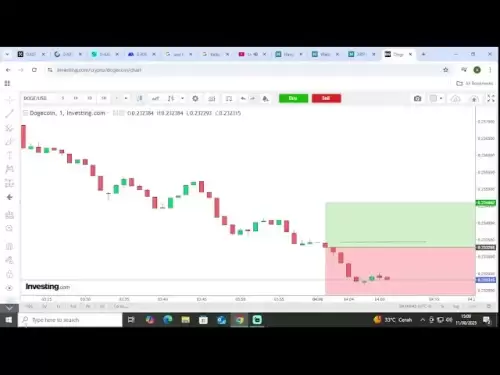-
 Bitcoin
Bitcoin $120300
1.24% -
 Ethereum
Ethereum $4311
2.06% -
 XRP
XRP $3.197
0.16% -
 Tether USDt
Tether USDt $1.000
0.01% -
 BNB
BNB $805.1
0.34% -
 Solana
Solana $179.6
-1.14% -
 USDC
USDC $0.9998
0.00% -
 Dogecoin
Dogecoin $0.2303
-1.21% -
 TRON
TRON $0.3442
1.08% -
 Cardano
Cardano $0.7938
-1.23% -
 Hyperliquid
Hyperliquid $44.55
-0.69% -
 Chainlink
Chainlink $21.81
-2.59% -
 Stellar
Stellar $0.4436
0.05% -
 Sui
Sui $3.728
-3.42% -
 Bitcoin Cash
Bitcoin Cash $586.5
2.00% -
 Hedera
Hedera $0.2530
-2.62% -
 Ethena USDe
Ethena USDe $1.001
-0.02% -
 Avalanche
Avalanche $23.65
-1.46% -
 Litecoin
Litecoin $124.5
-0.71% -
 Toncoin
Toncoin $3.384
1.63% -
 UNUS SED LEO
UNUS SED LEO $9.001
-0.44% -
 Shiba Inu
Shiba Inu $0.00001321
-2.42% -
 Uniswap
Uniswap $10.87
-2.31% -
 Polkadot
Polkadot $3.956
-2.80% -
 Cronos
Cronos $0.1681
4.79% -
 Dai
Dai $1.000
-0.01% -
 Ethena
Ethena $0.8090
1.30% -
 Bitget Token
Bitget Token $4.425
-0.55% -
 Monero
Monero $272.6
3.08% -
 Pepe
Pepe $0.00001169
-2.54%
What should I do if Gate.io's API request exceeds the limit?
Exceeding Gate.io's API limits? Immediately stop all API requests; Gate.io typically imposes a temporary ban. Prevent future issues by optimizing API calls, using error handling & exponential backoff, and monitoring request frequency. Review Gate.io's documentation for specifics.
Mar 19, 2025 at 09:24 am

Key Points:
- Understanding Gate.io's API rate limits and their implications.
- Identifying the causes of exceeding API request limits.
- Implementing strategies to mitigate exceeding API request limits.
- Troubleshooting common issues related to API request limits.
- Exploring alternative solutions and best practices.
What should I do if Gate.io's API request exceeds the limit?
Gate.io, like many other cryptocurrency exchanges, implements API rate limits to protect its servers from overload and ensure fair access for all users. Exceeding these limits results in temporary restrictions on your API access. This article explores the causes, solutions, and preventative measures.
First, understanding why you've exceeded the limit is crucial. Common causes include poorly designed trading bots that make excessive requests, unintentional loops in your code, or simply high trading volume within a short period. Identifying the root cause is the first step to resolving the issue. Review your code meticulously, paying attention to loops and inefficient requests. Consider using tools to monitor API call frequency.
If you've exceeded the limit, the immediate action is to stop all API requests from your application. This prevents further penalties and allows the temporary ban to expire. Gate.io usually imposes a time-based ban, meaning access will be restored after a specific duration, typically a few minutes to hours, depending on the severity of the violation. Check Gate.io's API documentation for their specific rate limit policies and recovery times.
To prevent future occurrences, implement robust error handling in your code. Your application should gracefully handle API rate limit errors, pausing requests and retrying after a suitable delay. This prevents overwhelming the API and avoids further bans. Consider incorporating exponential backoff techniques; increasing the delay exponentially after each failed attempt.
Another critical strategy is optimizing your API calls. Avoid unnecessary requests. Batch multiple requests when possible, and use efficient data structures to minimize the number of calls needed. Properly authenticate your API requests to avoid unnecessary re-authentication attempts. Regularly monitor your API usage, tracking the number of requests made and their frequency.
Consider using asynchronous programming. Asynchronous requests allow your application to send multiple API requests concurrently without blocking. This can significantly reduce the overall time required to complete your tasks and potentially decrease the likelihood of exceeding rate limits. Remember to implement proper error handling and retry mechanisms for asynchronous requests as well.
Furthermore, thoroughly test your application's API interaction in a non-production environment before deploying it to a live trading setting. This allows you to identify and address potential issues with API request frequency and error handling before they affect your live trading. This testing phase should simulate realistic trading scenarios to accurately assess the API usage.
Properly managing API keys is vital. Never share your API keys publicly, and rotate them regularly to enhance security and limit potential damage in case of compromise. Strong passwords and secure storage practices are paramount for protecting your keys. Consider using a dedicated secret management system for storing and managing your API keys.
Implementing a queuing system can effectively manage the flow of API requests. A queuing system allows you to buffer requests and process them at a controlled rate, preventing sudden bursts of activity that might exceed the API rate limits. This provides a more consistent and reliable interaction with the Gate.io API.
Finally, review Gate.io's API documentation for their specific rate limits. Understanding these limits is the first step in avoiding exceeding them. The documentation often provides details about request limits per minute, hour, or day, as well as information on the types of requests that are subject to rate limits.
Frequently Asked Questions:
Q: How long does the Gate.io API ban last?
A: The duration of the ban varies depending on the severity of the violation. It can range from a few minutes to several hours. Check Gate.io's API documentation for details.
Q: What happens if I repeatedly exceed the API limit?
A: Repeated violations may lead to more prolonged bans or even permanent suspension of your API access.
Q: Can I contact Gate.io support if I'm having issues with API rate limits?
A: Yes, Gate.io provides support channels. However, understanding and resolving the issue yourself is often more efficient.
Q: Are there any tools to monitor my API request frequency?
A: Many programming languages and frameworks offer tools for monitoring network traffic and API calls. You can also use dedicated API monitoring services.
Q: What is exponential backoff?
A: Exponential backoff is a retry strategy where the delay between retries increases exponentially with each failed attempt, reducing the load on the API server.
Disclaimer:info@kdj.com
The information provided is not trading advice. kdj.com does not assume any responsibility for any investments made based on the information provided in this article. Cryptocurrencies are highly volatile and it is highly recommended that you invest with caution after thorough research!
If you believe that the content used on this website infringes your copyright, please contact us immediately (info@kdj.com) and we will delete it promptly.
- Token Security, Agentic AI, Cybersecurity Guide: Navigating the New Frontier
- 2025-08-11 23:00:12
- Crypto Investments: Riding the Meme Wave with Layer Brett and Dogecoin
- 2025-08-11 23:00:12
- Nexchain, Crypto Presales, and Bitcoin Volumes: What's the Buzz?
- 2025-08-11 23:10:13
- Ethereum Treasury, Bitcoin, and Michael Saylor: A NYC Take on the Crypto Landscape
- 2025-08-11 23:10:13
- Pumpfun vs. Pepe Dollar: The Meme Coin Arena Heats Up
- 2025-08-11 23:10:14
- Altcoins Primed for a Bull Run: Investment Gains in the Making
- 2025-08-11 23:10:14
Related knowledge
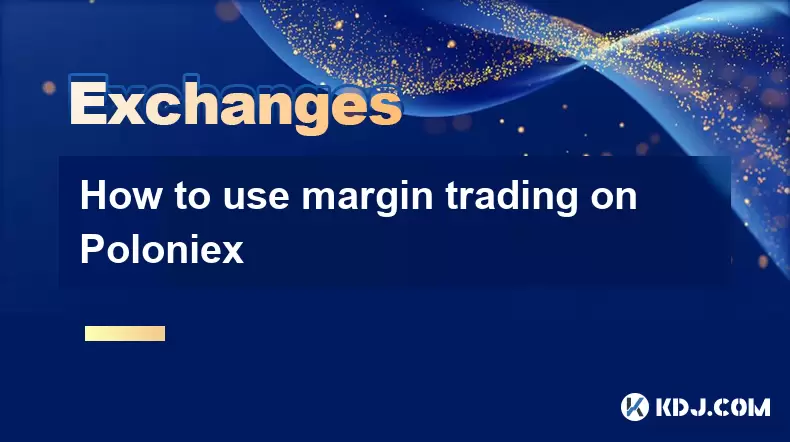
How to use margin trading on Poloniex
Aug 08,2025 at 09:50am
Understanding Margin Trading on Poloniex
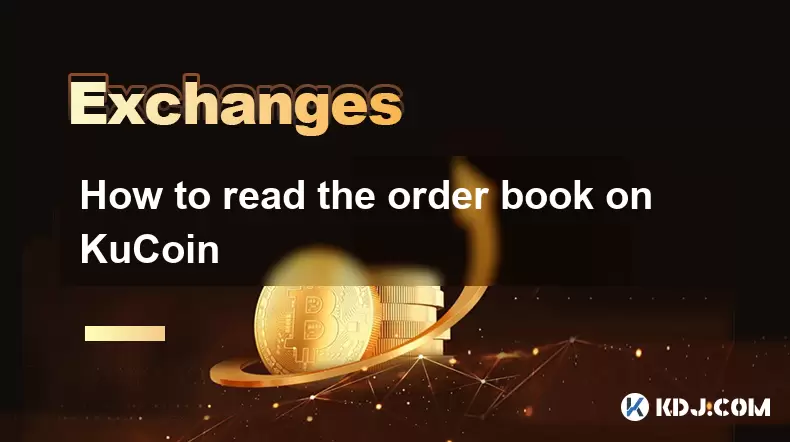
How to read the order book on KuCoin
Aug 10,2025 at 03:21pm
Understanding the Order Book Interface on KuCoinWhen accessing the order book on KuCoin, users are presented with a real-time display of buy and sell ...
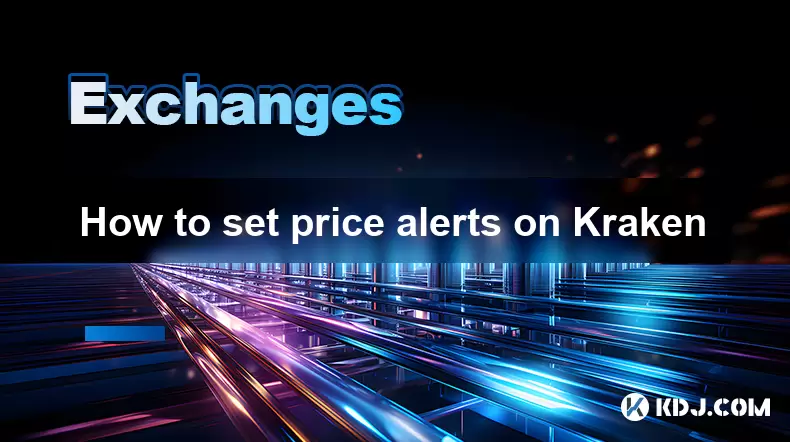
How to set price alerts on Kraken
Aug 11,2025 at 08:49pm
Understanding Price Alerts on KrakenPrice alerts on Kraken are tools that allow traders to monitor specific cryptocurrency pairs for price movements. ...
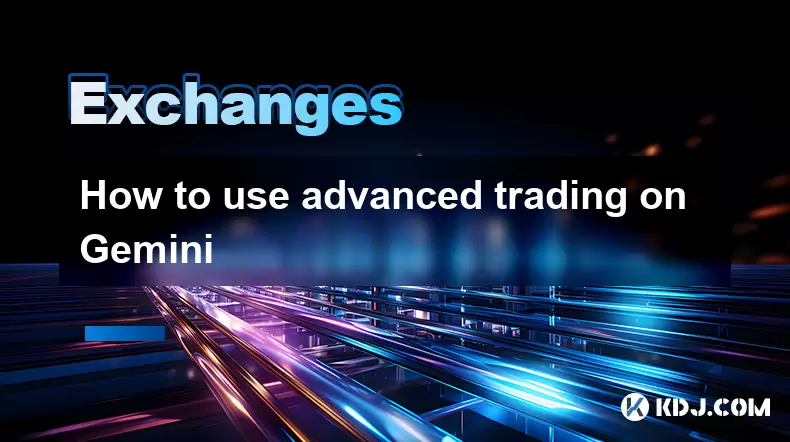
How to use advanced trading on Gemini
Aug 08,2025 at 04:07am
Understanding Advanced Trading on GeminiAdvanced trading on Gemini refers to a suite of tools and order types designed for experienced traders who wan...

How to use advanced trading on Gemini
Aug 08,2025 at 10:56pm
Understanding Advanced Trading on GeminiAdvanced trading on Gemini refers to the suite of tools and order types available on the Gemini ActiveTrader p...
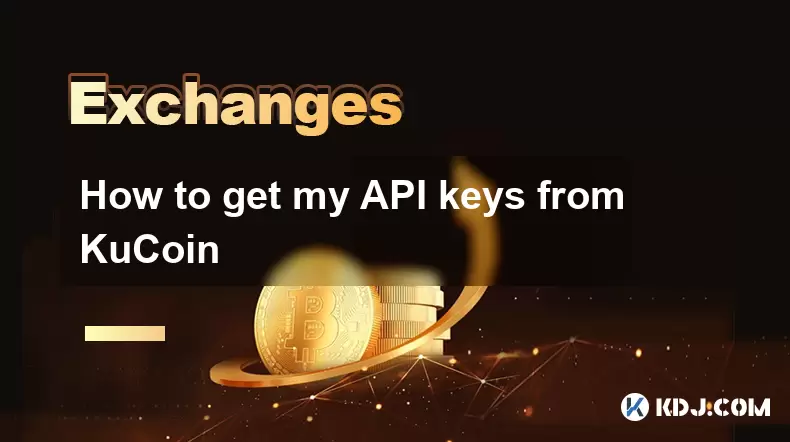
How to get my API keys from KuCoin
Aug 08,2025 at 06:50pm
Understanding API Keys on KuCoinAPI keys are essential tools for users who want to interact with KuCoin's trading platform programmatically. These key...

How to use margin trading on Poloniex
Aug 08,2025 at 09:50am
Understanding Margin Trading on Poloniex

How to read the order book on KuCoin
Aug 10,2025 at 03:21pm
Understanding the Order Book Interface on KuCoinWhen accessing the order book on KuCoin, users are presented with a real-time display of buy and sell ...

How to set price alerts on Kraken
Aug 11,2025 at 08:49pm
Understanding Price Alerts on KrakenPrice alerts on Kraken are tools that allow traders to monitor specific cryptocurrency pairs for price movements. ...

How to use advanced trading on Gemini
Aug 08,2025 at 04:07am
Understanding Advanced Trading on GeminiAdvanced trading on Gemini refers to a suite of tools and order types designed for experienced traders who wan...

How to use advanced trading on Gemini
Aug 08,2025 at 10:56pm
Understanding Advanced Trading on GeminiAdvanced trading on Gemini refers to the suite of tools and order types available on the Gemini ActiveTrader p...

How to get my API keys from KuCoin
Aug 08,2025 at 06:50pm
Understanding API Keys on KuCoinAPI keys are essential tools for users who want to interact with KuCoin's trading platform programmatically. These key...
See all articles


























